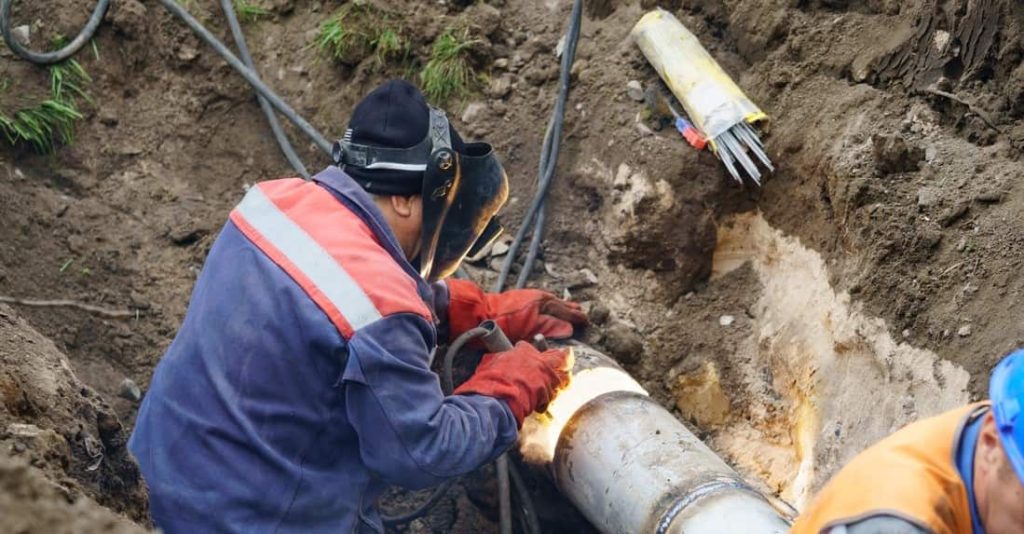Water conservation is becoming essential. One key part of that effort involves detecting and fixing hidden leaks beneath the surface that are out of sight.
We will discuss underground water leak detection here in detail – discussing various techniques for finding them and ways to detect an underground water leak. All the information is included in this blog post! Let’s get started to learn more about underground water leak detection.
What Is Underground Water Leak Detection?
Underground water leak detection refers to identifying leaks in underground water systems. Leaks often occur within pipes, conduits, and other containment structures underground. When these fail or become compromised, they allow water to seep into the environment, causing waste and potential damage.
Finding underground water leaks can be challenging, particularly as these leaks cannot be seen directly. Due to the complexity of the situation, professional leak detection services employ various techniques and technology solutions for detection.
Common Methods For Locating Water Leaks Underground
This section will examine some of the most widely employed underground water leak detection techniques. These methods vary in complexity and application but ultimately aim at one goal: to help find leaks, stop wasteful water usage, and prevent possible structural damage.
Acoustic Leak Detection
When water escapes through a pipe leak, it generates sound. Larger leaks produce louder noise. Acoustic leak detector devices are designed to pick up these sounds from faraway depths and quickly identify underground water leaks.
The principles are simple. When pipes leak water outward, they emit noise that specialized devices called acoustic leak detectors can pick up. Acoustic leak detection devices detect the sound generated by water escape, making this method reliable and cost-effective for finding underground water leaks.
Tracer Gas Leak Detection
This technique can be useful when the location of a leak is difficult to pinpoint, or when the acoustic method is inapplicable. Injecting tracer gas – typically composed of hydrogen and nitrogen mixtures – into the pipeline releases this gas at the point of leakage before it rises back into the atmosphere. It can be easily identified using gas sensors.
Ground Penetrating Radar (GPR)
One technologically advanced underground water leak detection method involves Ground Penetrating Radar (GPR). It uses radar pulses to image the subsurface and then analyzes any reflections from that radar wave to pinpoint leak locations. While GPR is highly effective and more expensive than alternative detection techniques, specialized training must also be obtained to operate this technology effectively.
Thermal Imaging
Thermal imaging is a technology used to detect temperature anomalies caused by water leaks. As leaky pipes cause an unexpected rise in soil or concrete temperatures, they can be detected with thermal imaging technology, which indicates their location.
Smoke Testing
Smoke testing entails injecting smoke into an enclosed system of pipes, where any leaks cause the smoke to escape visibly. It visually pinpoints their location. This method is especially helpful in sewer systems where leaks might not be audible or visible through traditional means.
How to Detect Underground Water Leaks Step-by-Step
Understanding how underground water leak detection methods work is only half of the equation. It would be best to have a plan to detect an underground water leak. Here is a step-by-step process that will guide you:
Step 1: Check for Signs of a Leak
Before turning to sophisticated technology, look out for obvious indicators of leakage. Some examples involve unusually high water bills, the sound of running water when all taps are turned off, wet or damp patches in your yard, etc.
Step 2: Isolate the Leak
Once you have detected signs of a potential leak, the next step should be isolating its location. Please turn off any water-using appliances or fixtures and watch your water meter; any movement indicates a potential leakage in its supply lines.
Step 3: Engage Professionals
The next step should be consulting an expert unless you possess professional training and equipment to detect leaks accurately. They will use one or more of the aforementioned methods to pinpoint it accurately.
Step 4: Repair the Leak
Once the leak has been identified, it should be repaired. It could involve digging up and replacing any affected pipes. Alternatively, trenchless repair techniques may provide an effective means of fixing pipes without digging up their entirety.
Conclusion
Underground water leak detection is significant for anyone involved in managing and conserving water systems, from homeowners and city engineers to water conservationists. Not only does it help prevent wasteful use of resources, but it can also prevent potential property damage caused by unchecked leaks. While any of the methods described above can help detect underground leaks, successful detection usually requires professional assistance with specialized equipment for leak detection.
Now that you are better informed about detecting an underground water leak and the methods used, you are better prepared to manage and maintain water systems! Moreover, Roto-Rooter Plumbing & Water Cleanup offers all the water leak detection and plumbing solutions for everyone.



